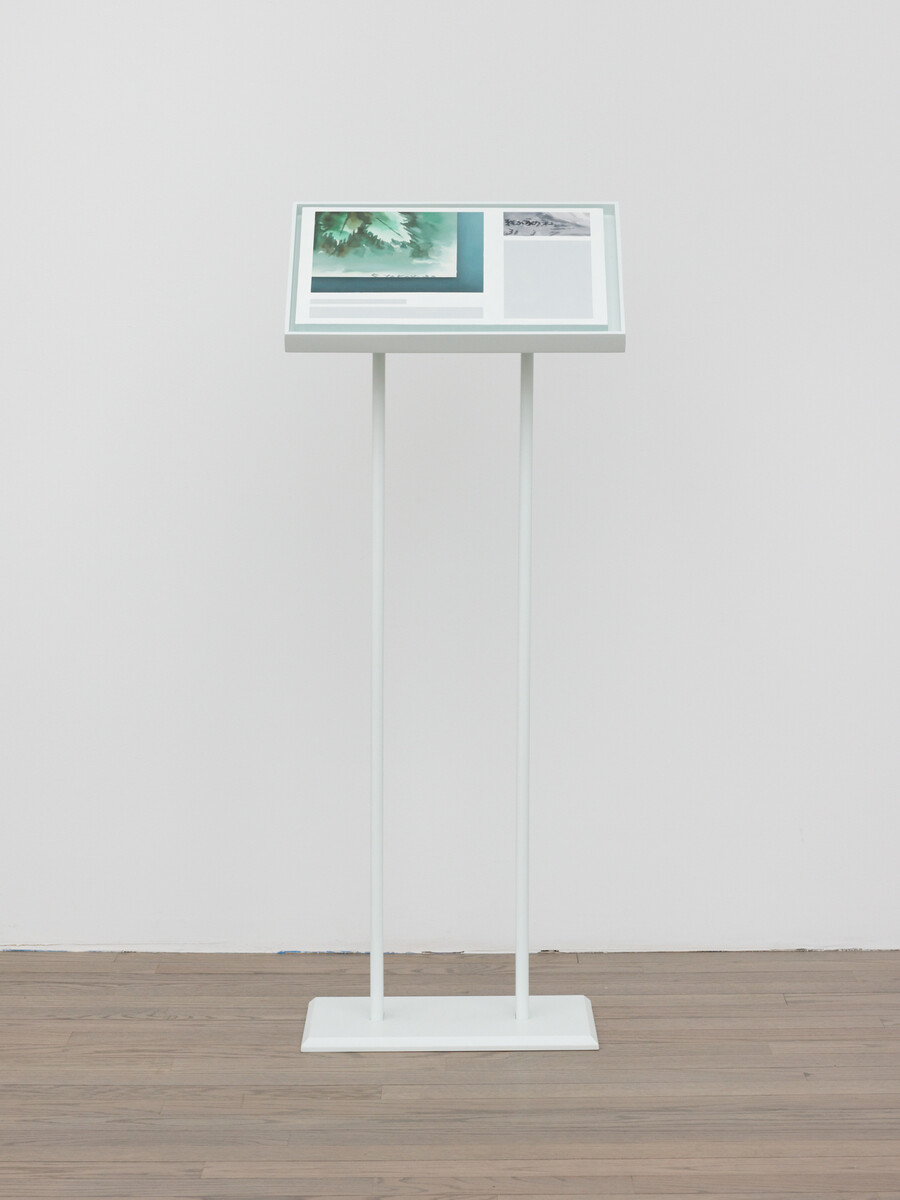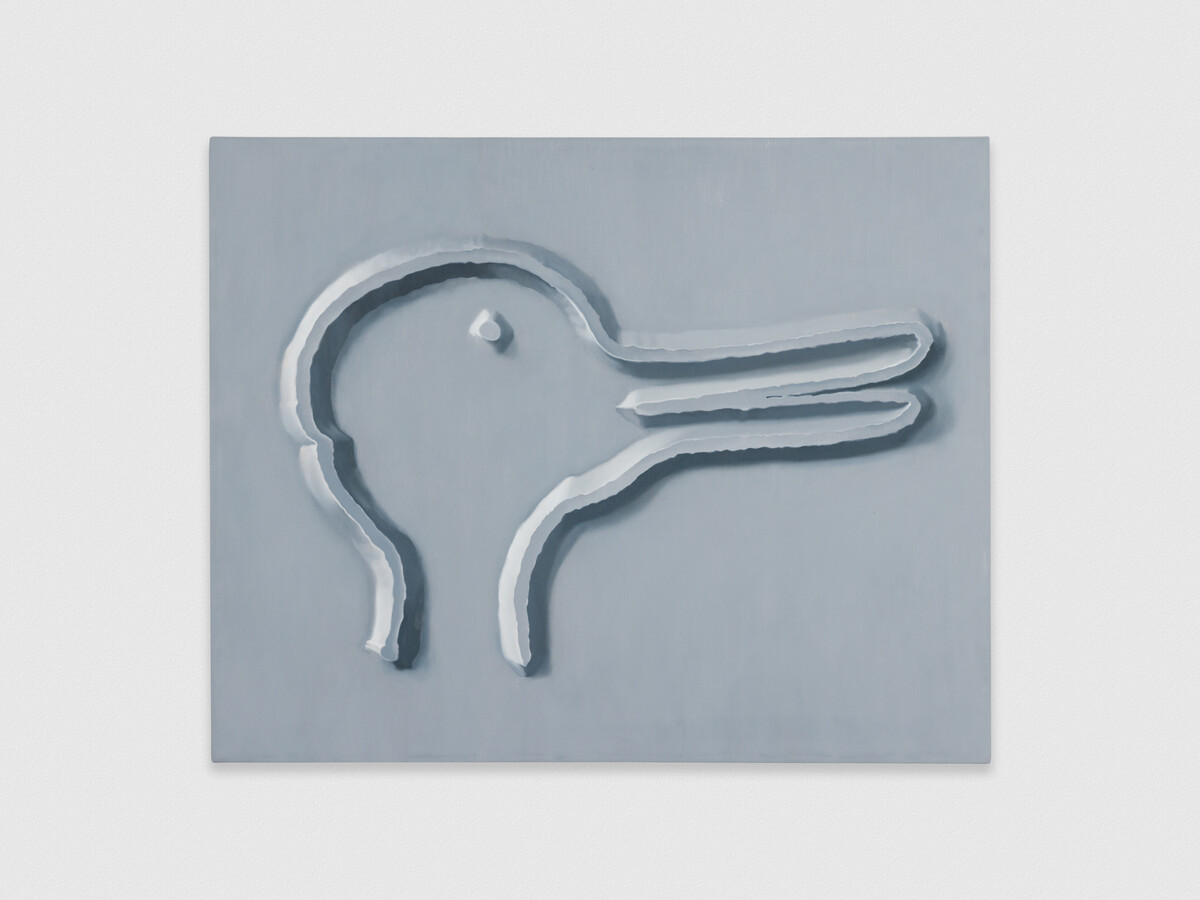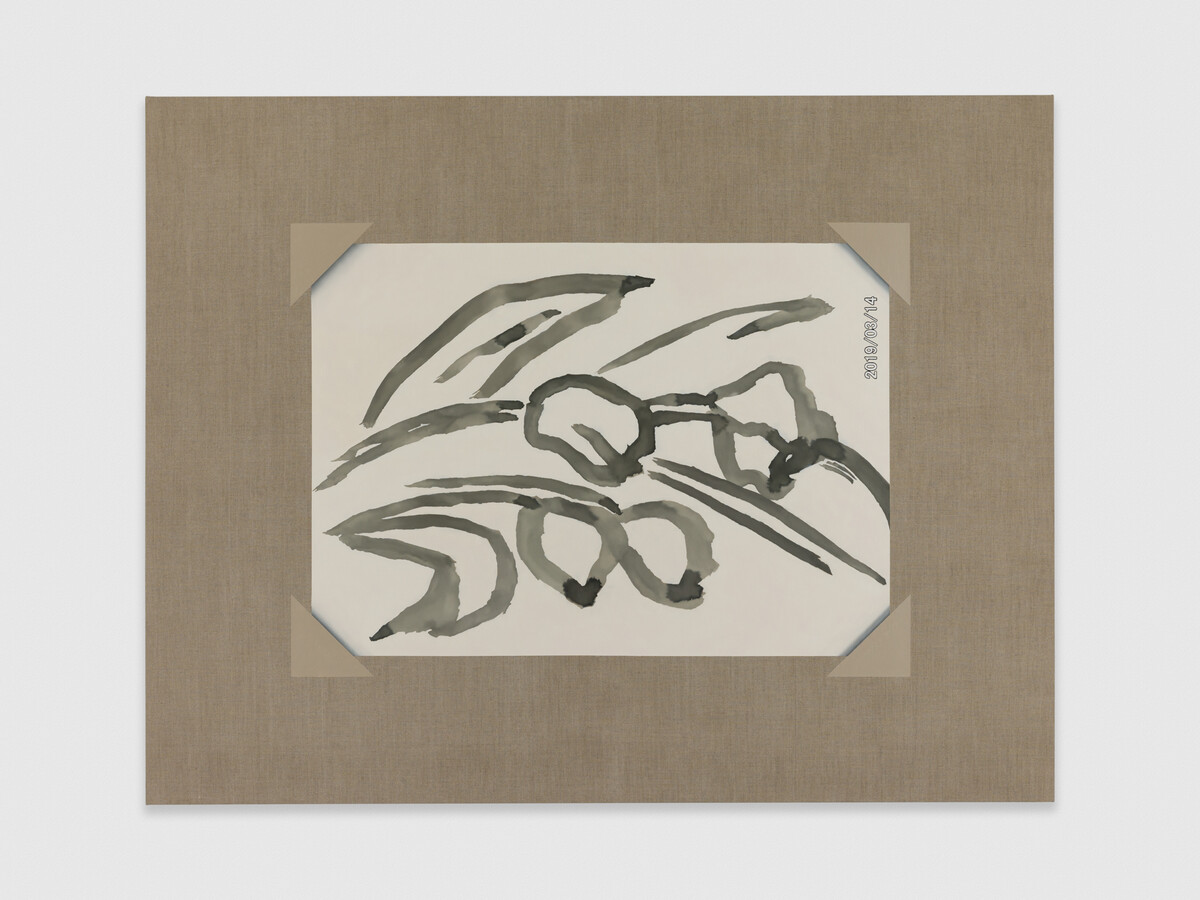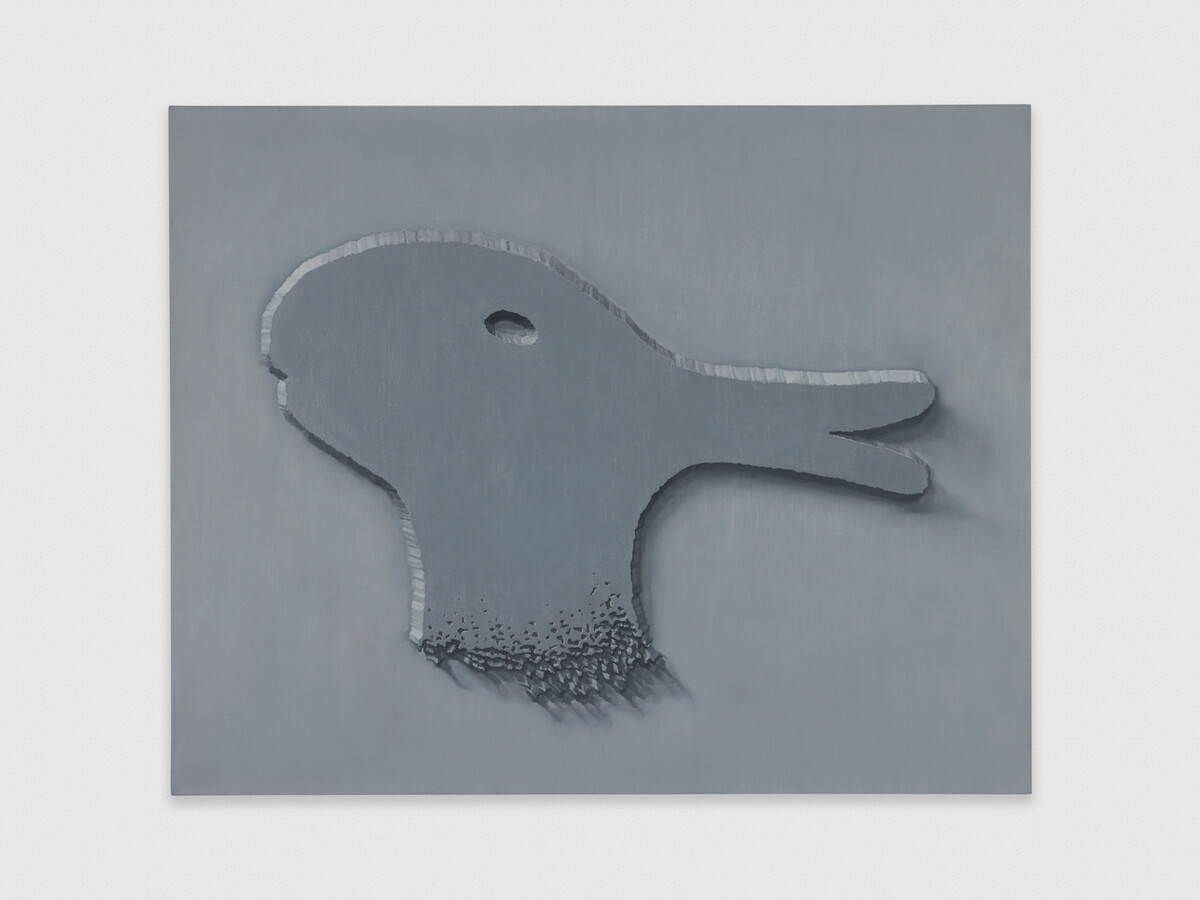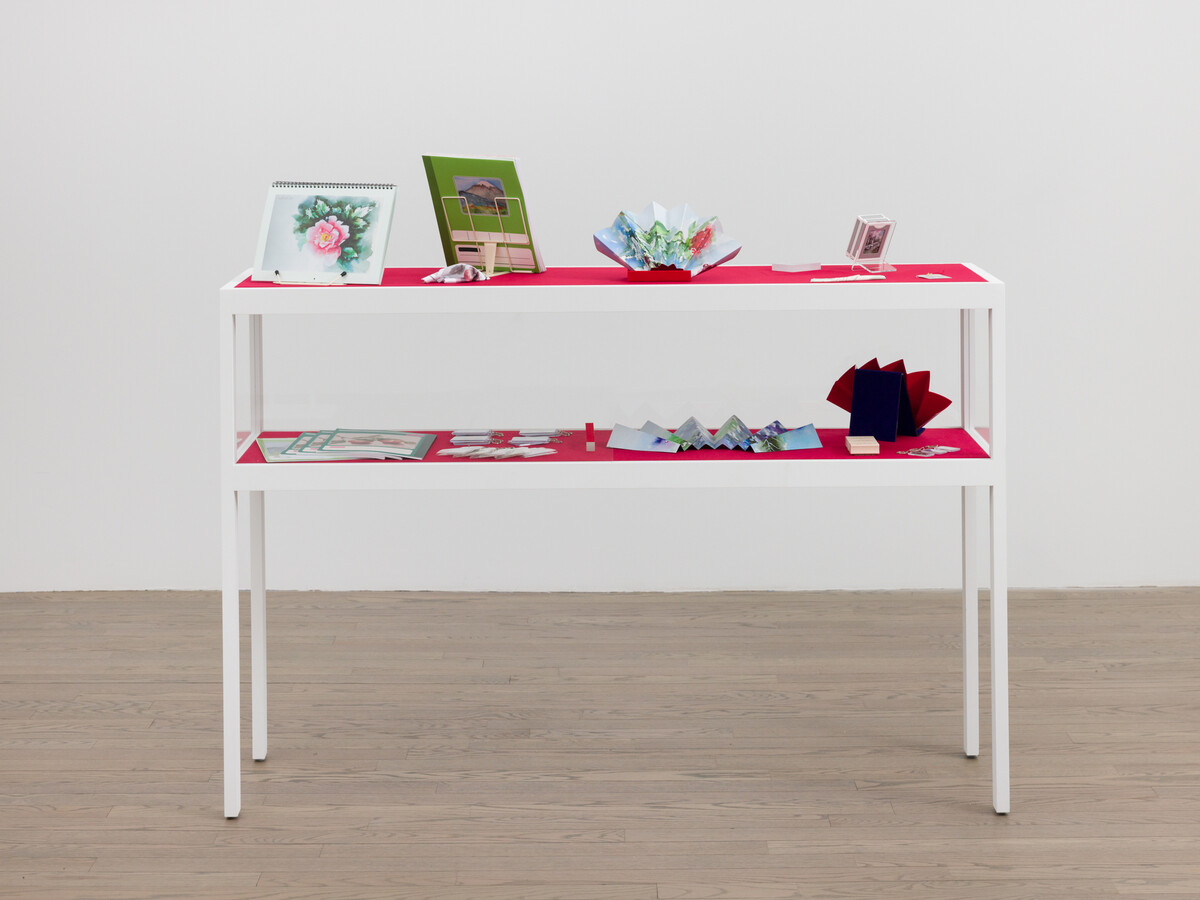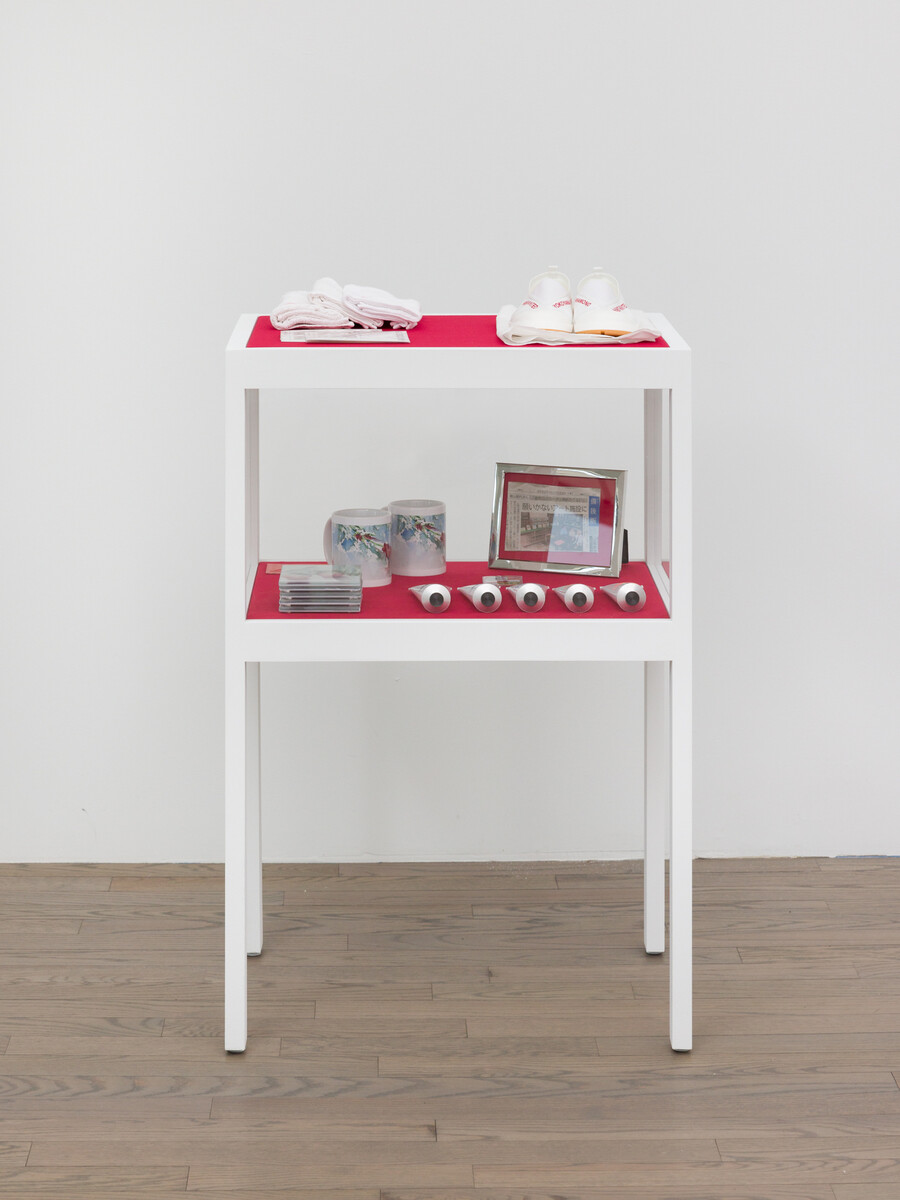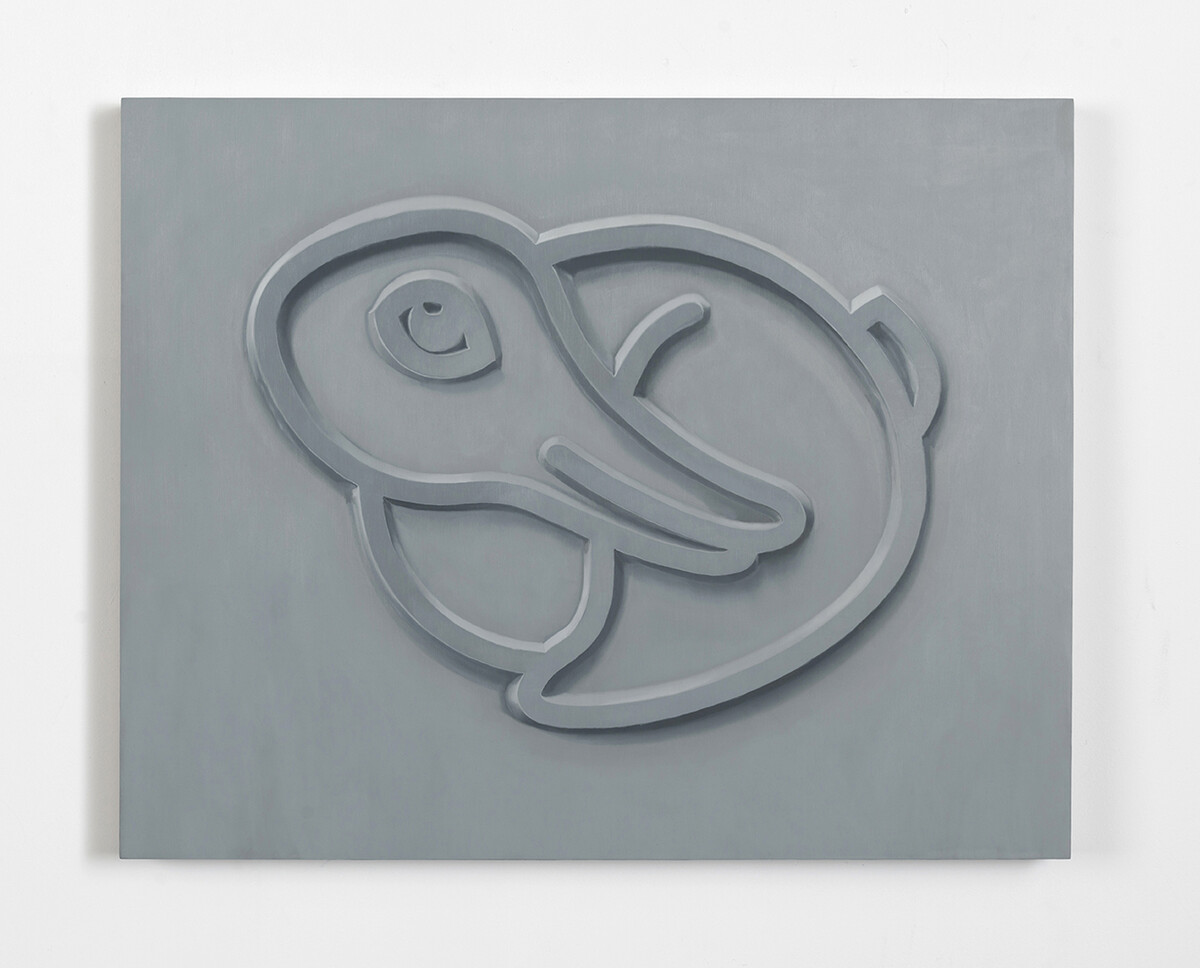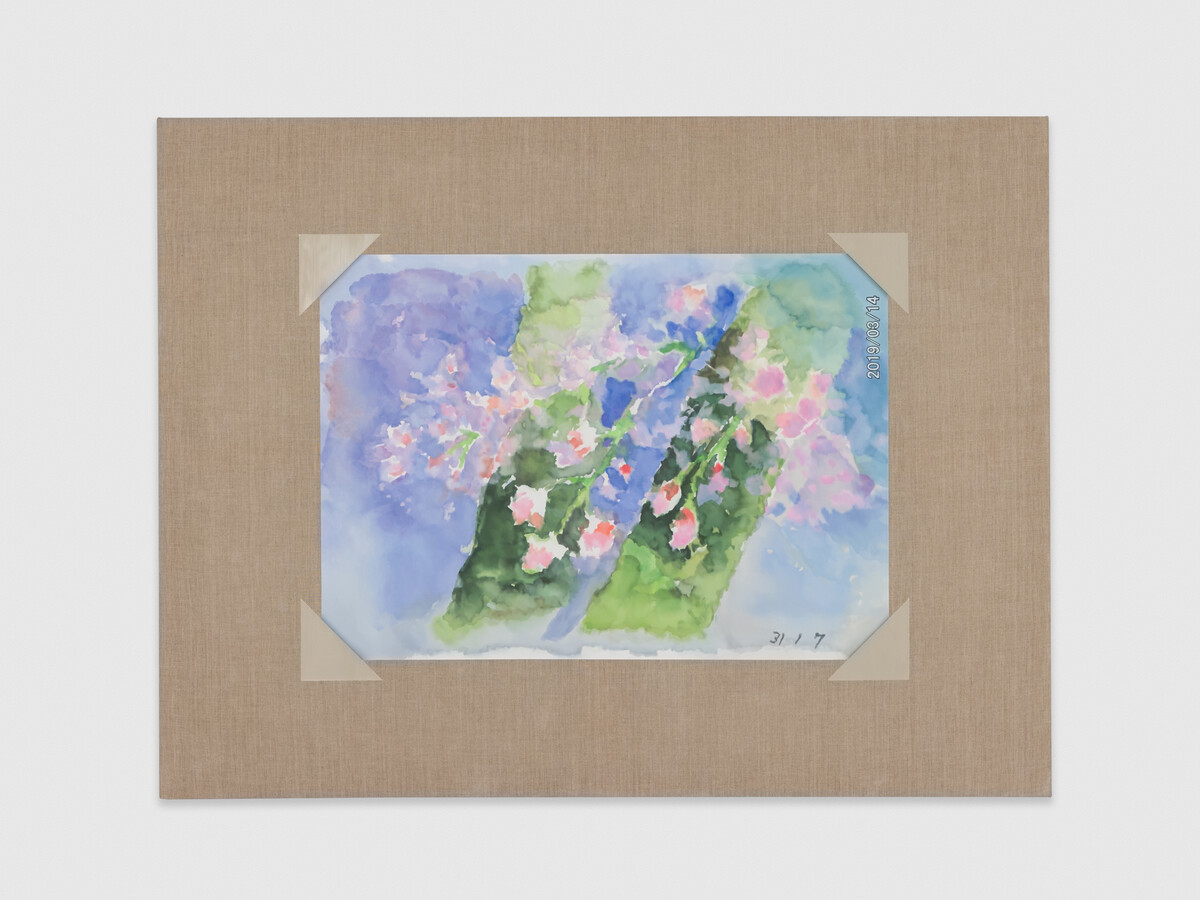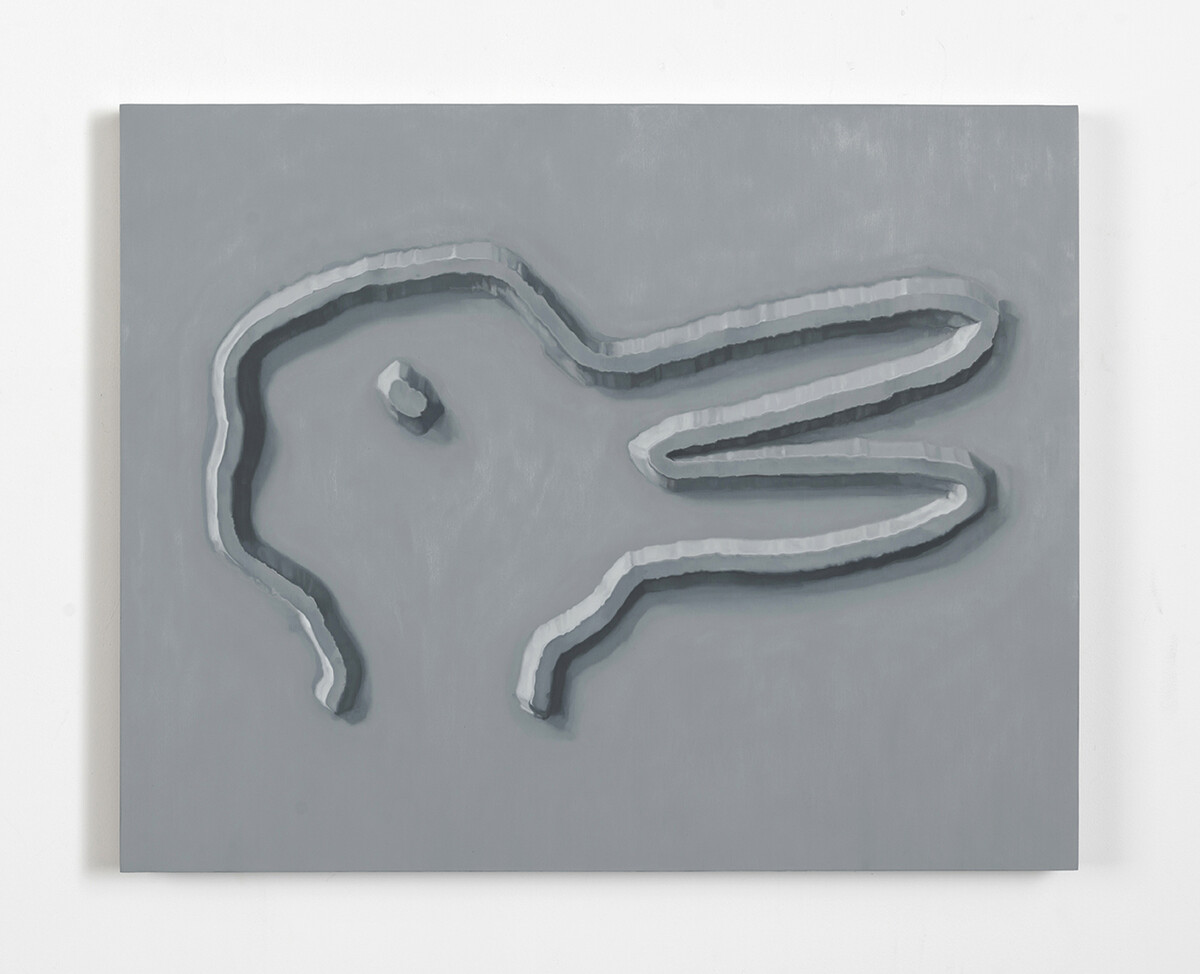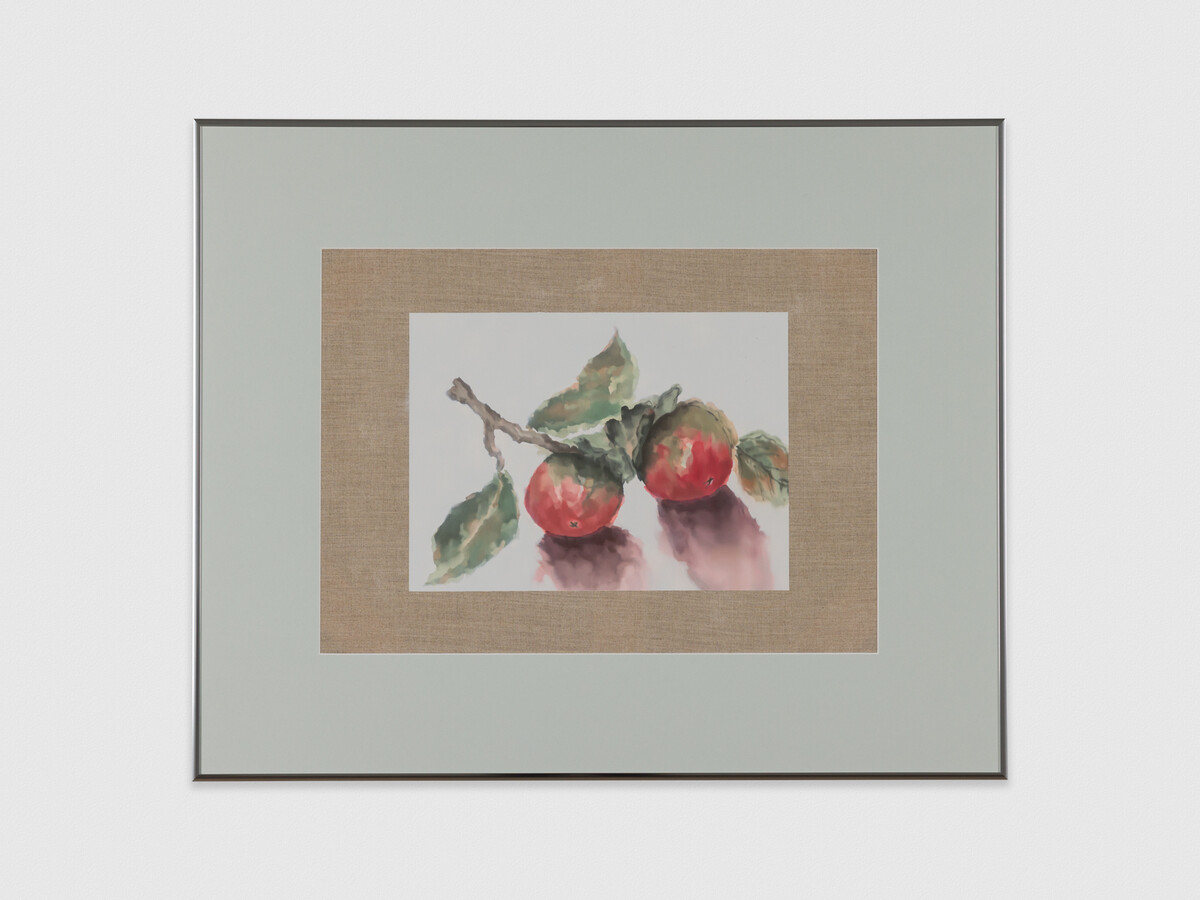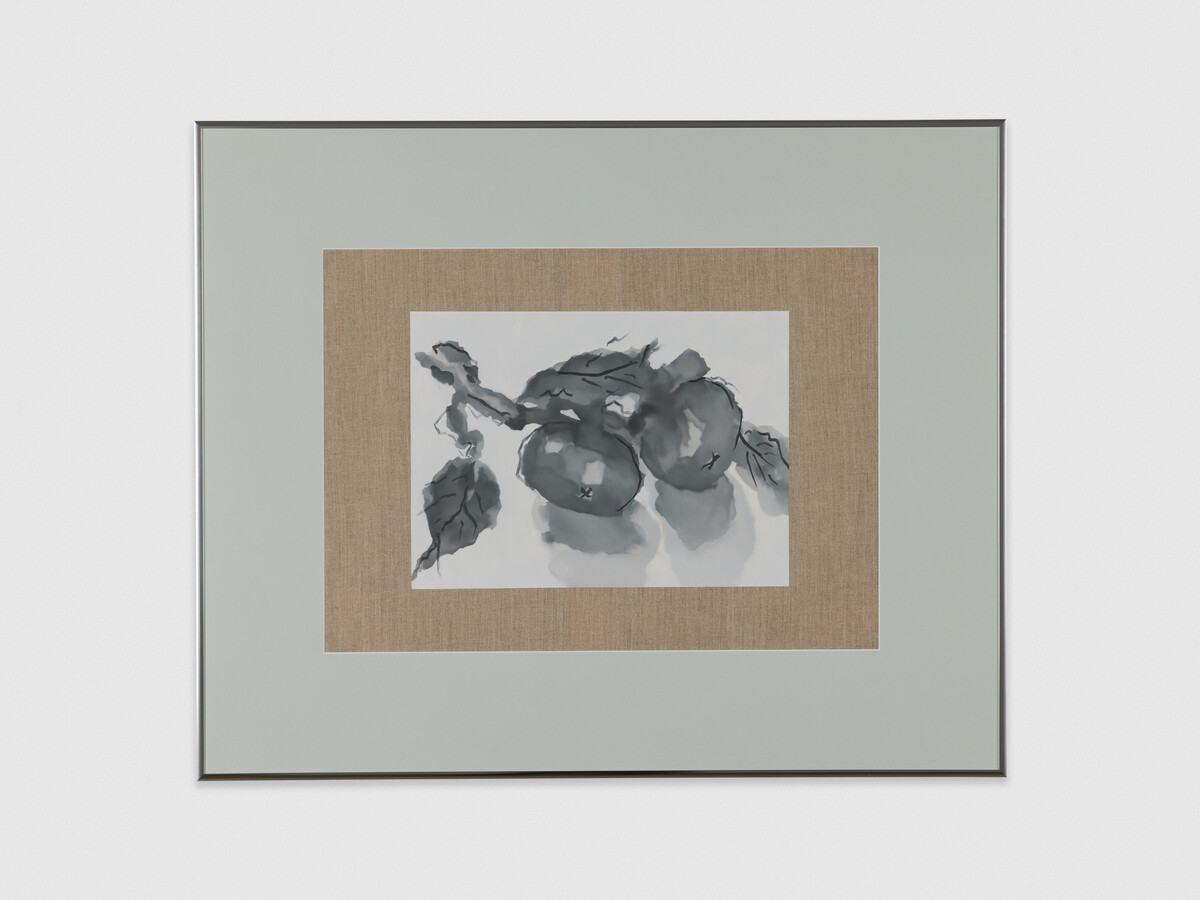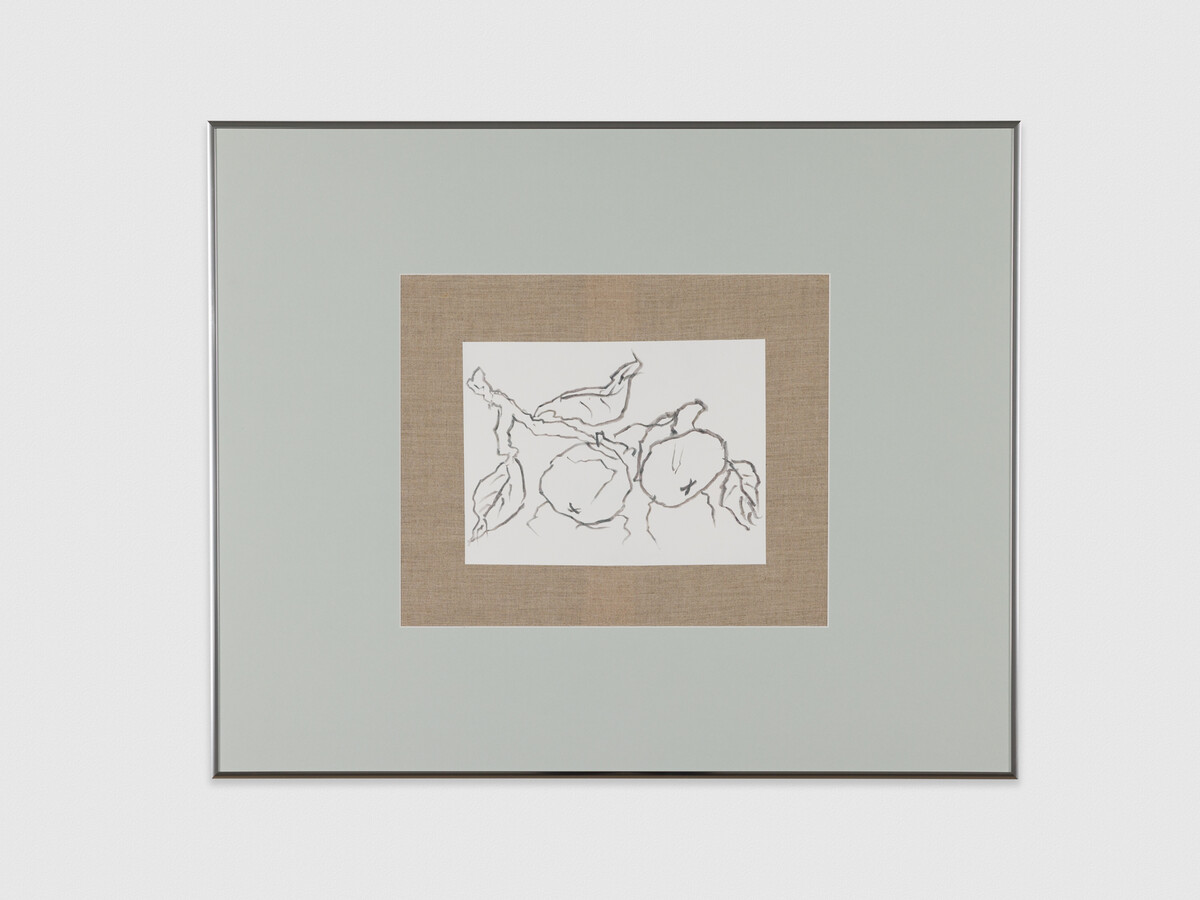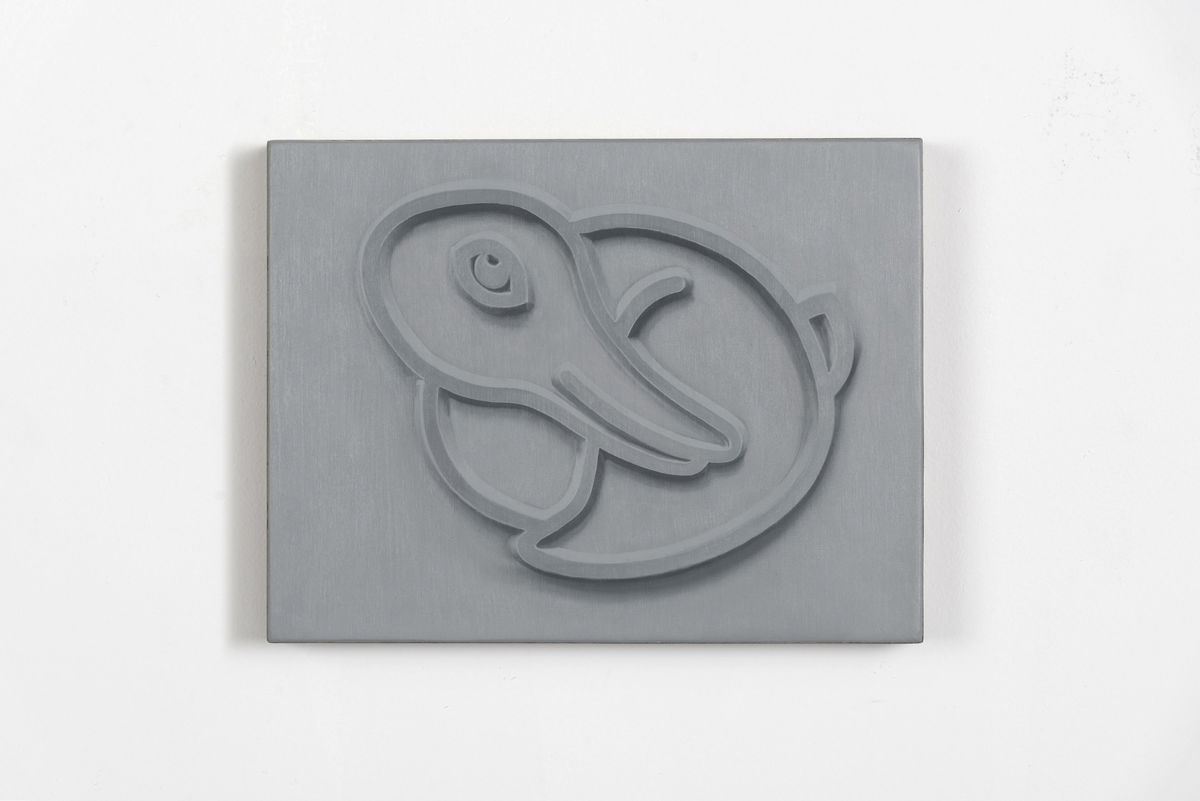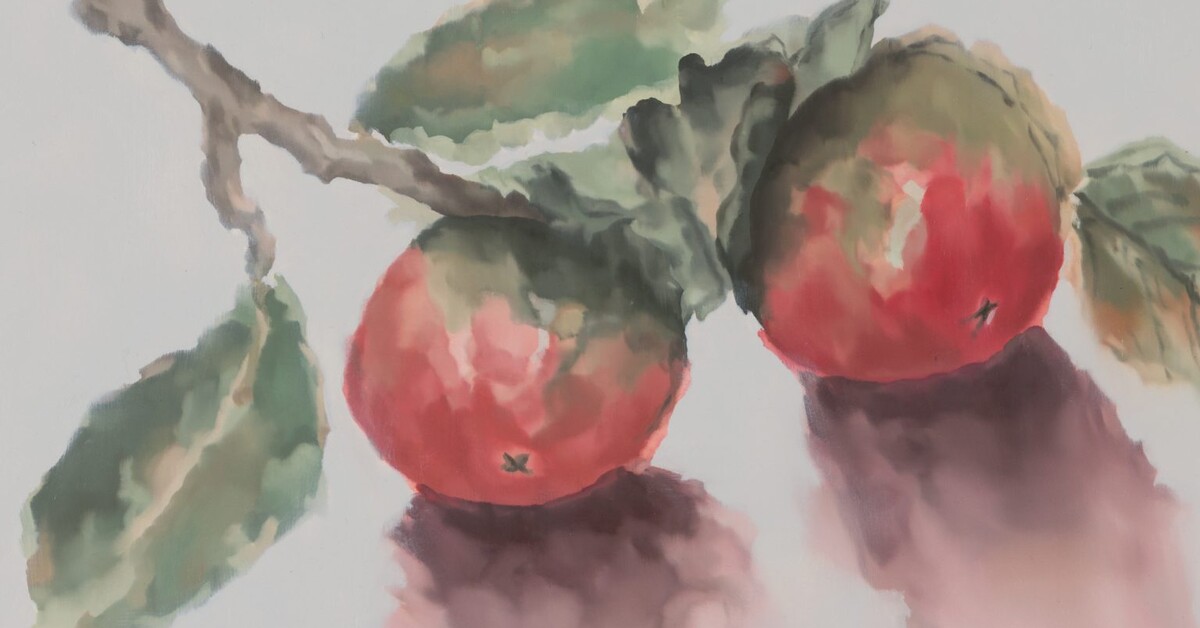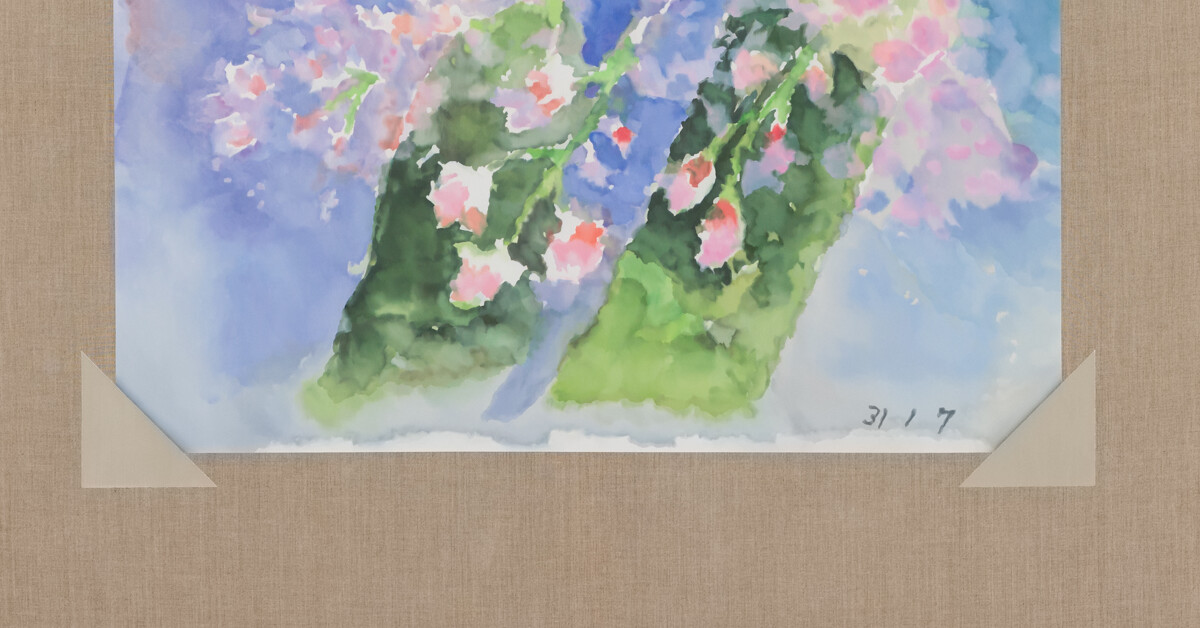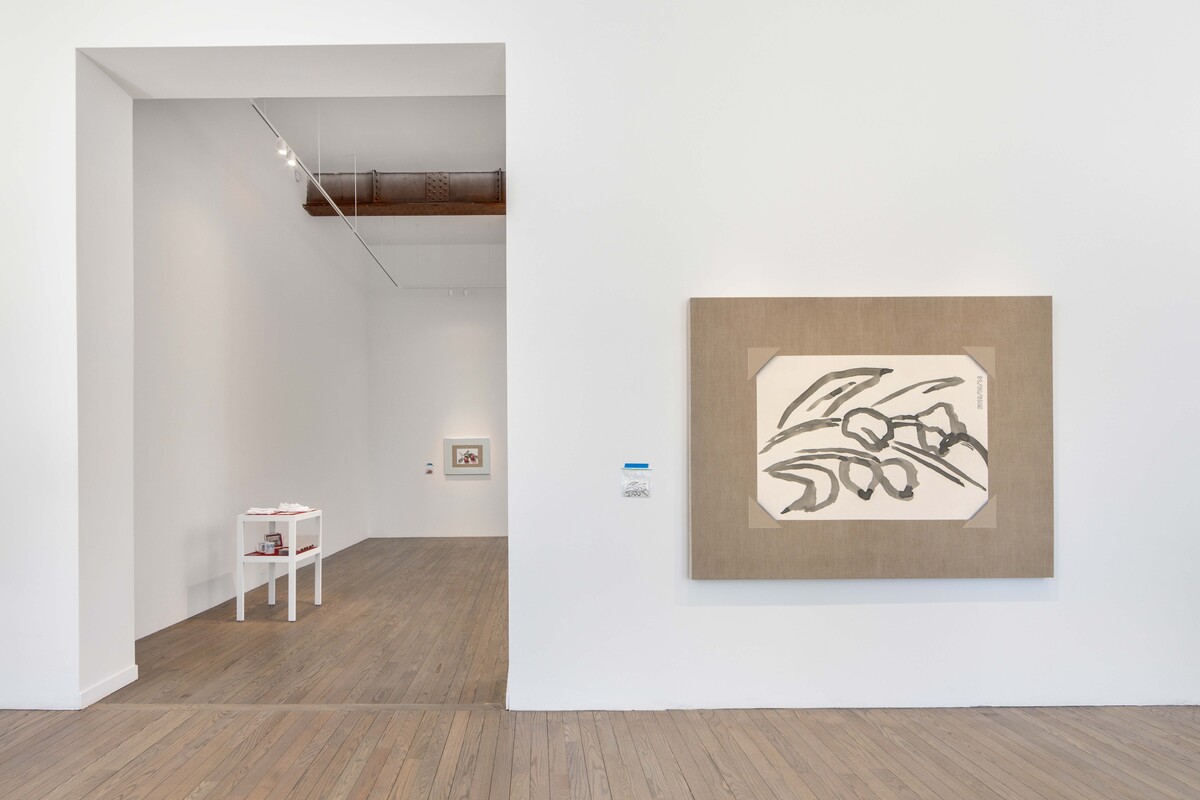
PATRON is proud to present Showcase, the gallery’s third solo exhibition with Chicago-based artist Mika Horibuchi, for which the artist hosts a presentation of new painting and sculpture. Showcase extends two main tenets of Horibuchi’s practice— her Watercolors, meditatively rendered trompe-l’oeil oil paintings of photographs of watercolor paintings completed by her grandmother, and her “RD” series, a series of gray paintings of “duck rabbit.” Appropriating an early illusionistic parlor trick, Horibuchi demonstrates that things are often not what they appear to be, but often how things can exist within a complexity of meanings and truths all true yet contradictory of each other.
In Showcase, Horibuchi samples presentational methods from community art centers, public school art shows, museum gift shops, and fine art galleries to analyze roles of authorship, ownership, and value through the persistent tropes of visual culture. Since 2017, Horibuchi has been participating in an exchange with her grandmother, who at the age of 83 took up watercolor painting, taking classes at a local community center in Hiroshima prefecture, Japan in an attempt to develop a closer understanding of her granddaughter’s vocation. Learning to paint set into motion an epistolary exchange, with the elder Horibuchi sharing snapshots of her completed works with her granddaughter via mailed photographs of the final watercolors, images which the artist reproduced as thoughtfully framed oil paintings, and more recently, as re-reproductions–paintings of her paintings from 2017-2020.
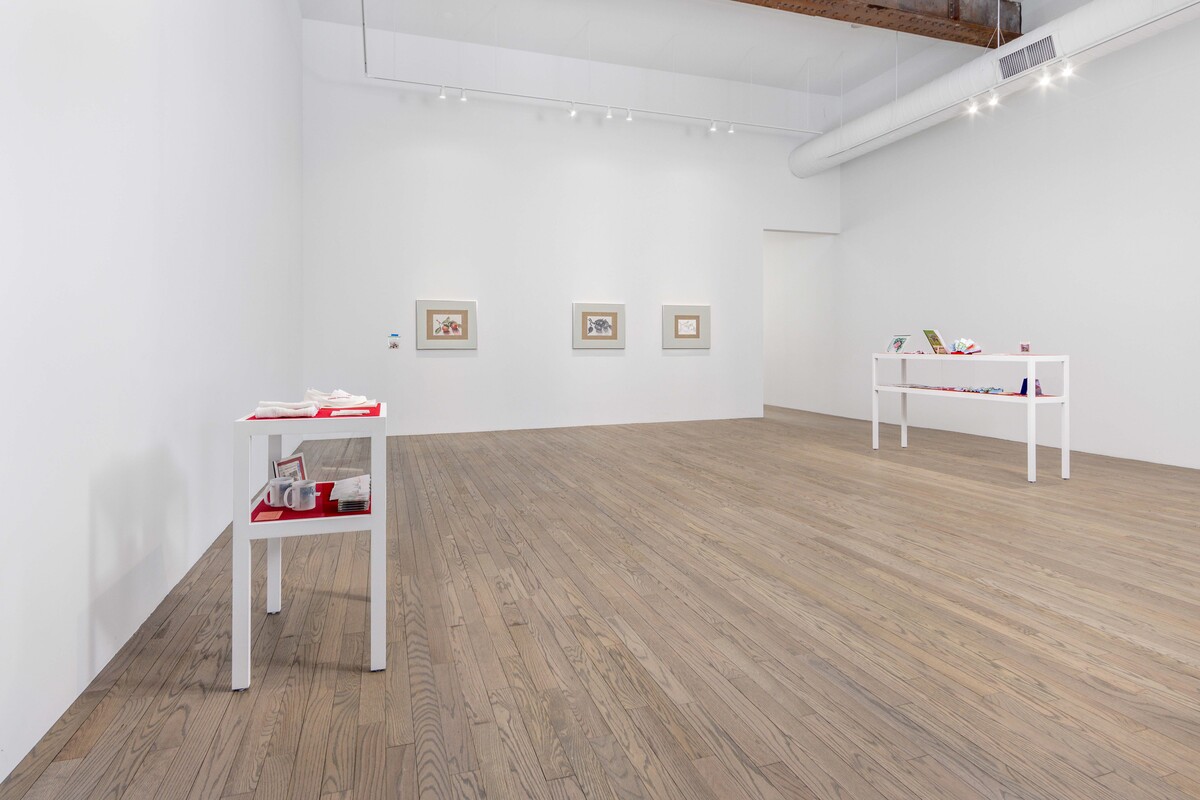
Through a Russian doll-like system of ever reproducible images, Horibuchi embraces the historically intertwined systems of “fine art” with those of mass reproduction to the extend by which images of art replace the physical art object through commercial platforms (merchandise, postcards, souvenirs). Three sculptures – in the form of gift shop display cases encase an archive of Horbuchi’s own practice along with calendars, keychains–tchotchkes of the museum gift shop. Simultaneously, the proliferation of images of Horibuchi’s paintings into non-art reproductions allows their status to fall into a short circuit of translation, from home-made watercolor postcards, to snapshots, to paintings, back to images. Pulling back the curtain on the bedfellows of art and image, Horibuchi eschews the expectation of the artist to produce an artwork, instead presenting the viewer with an image of an artwork, toying with what not only constitutes the art object, but with the value systems that construct what is considered a successful, beautiful, important, or popular artwork. Here, the mimetic of production and reproduction is countered by the iconic duck-rabbit, a visual signifier that we are dealing in terms of illusion and how everything can be defined by what it appears to be.
Installation Views
__________________________
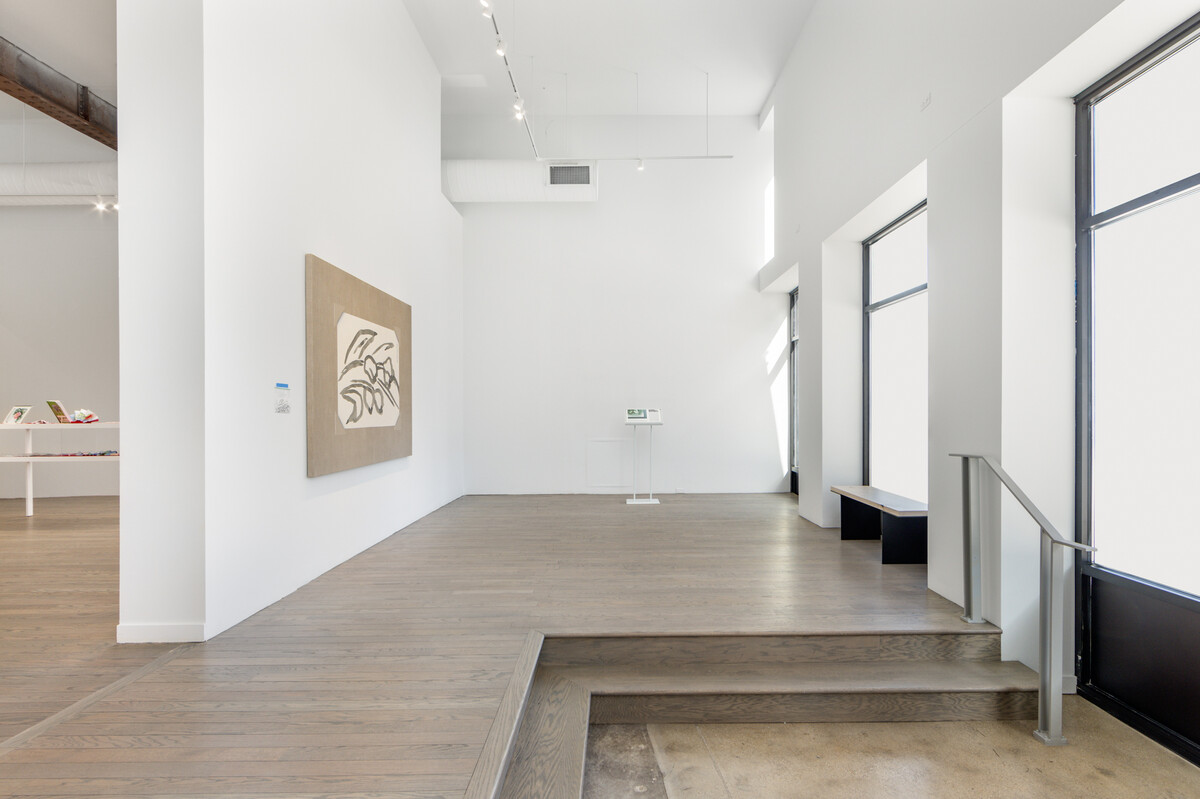
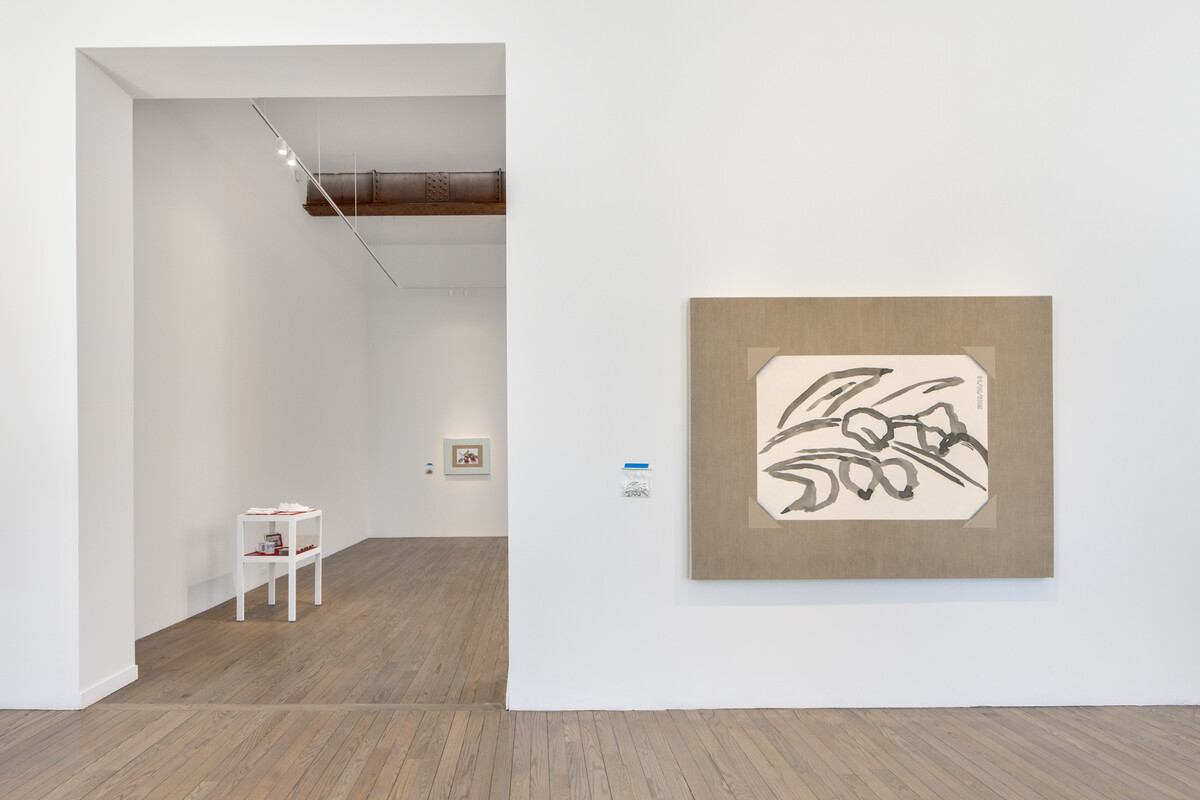
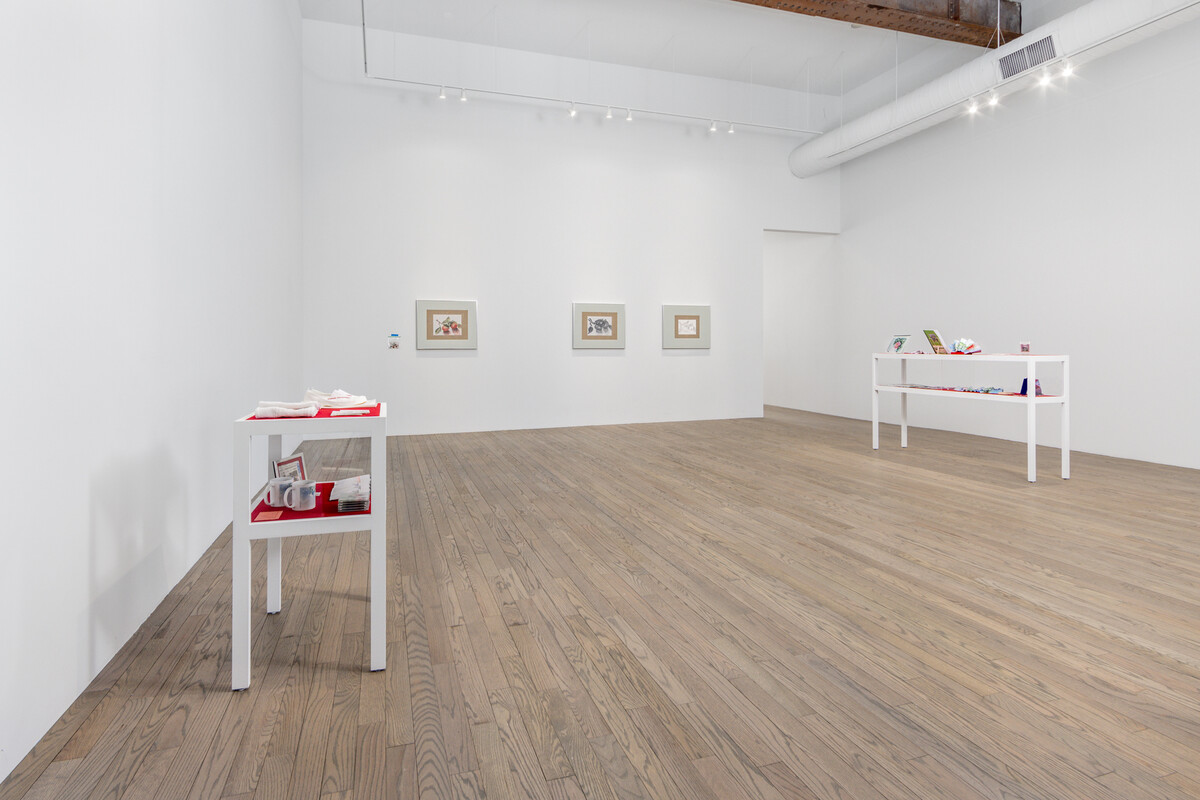
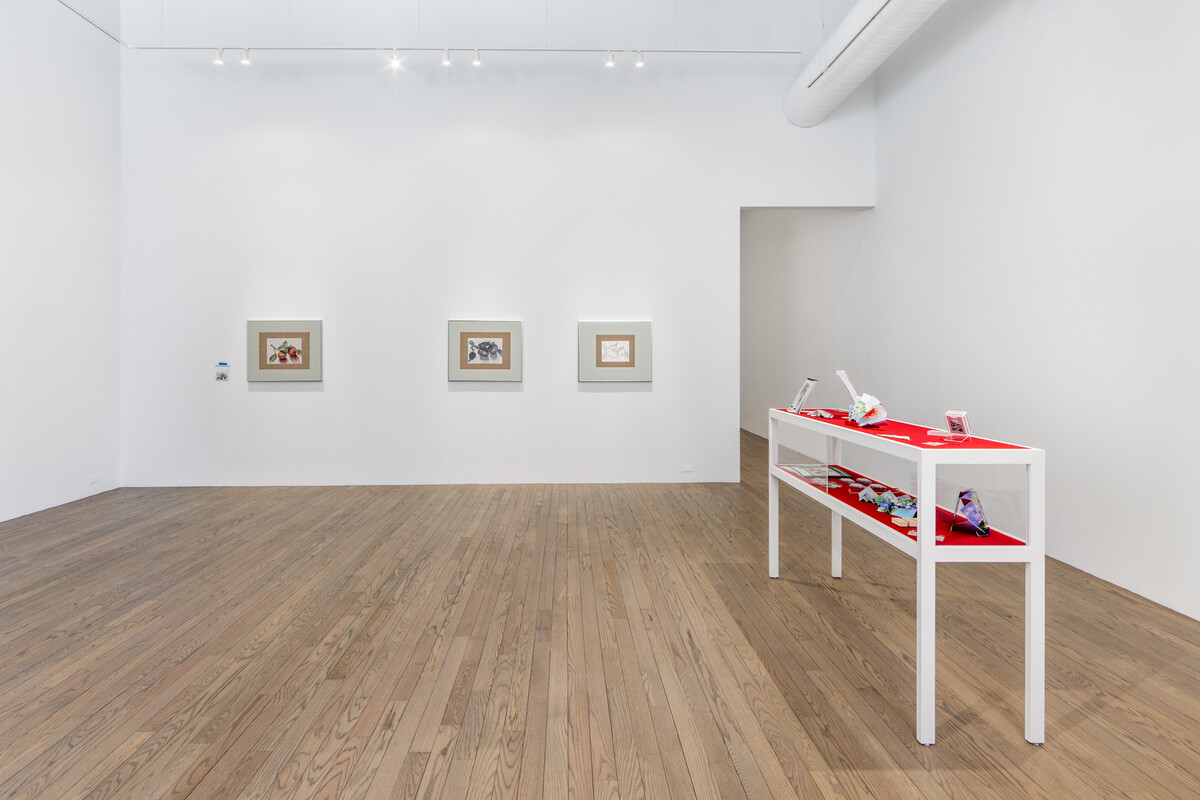
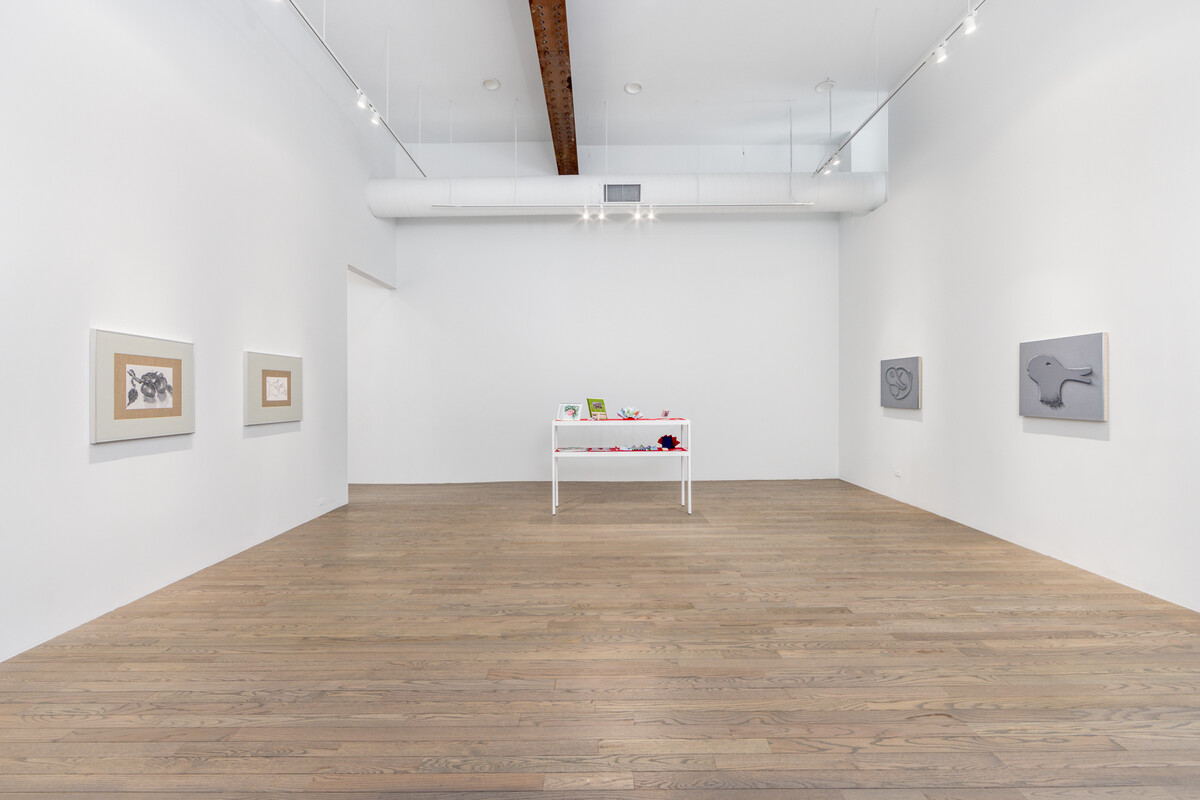
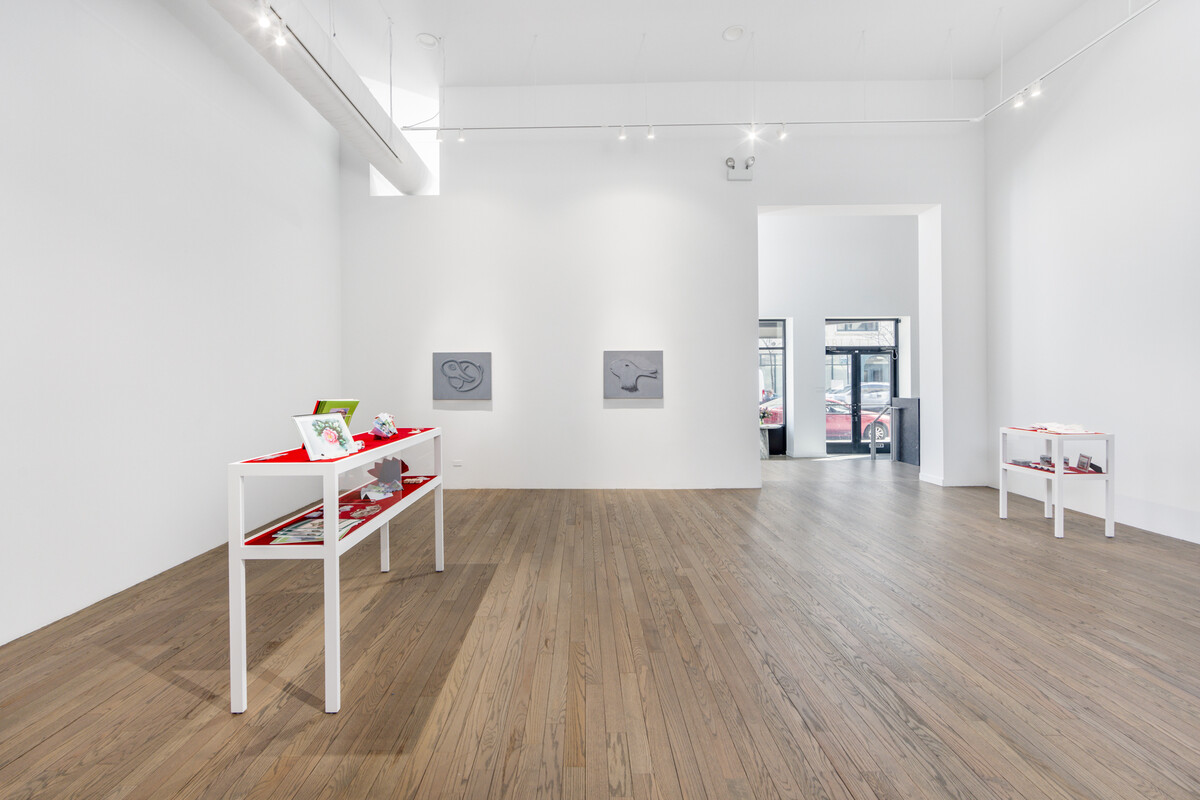
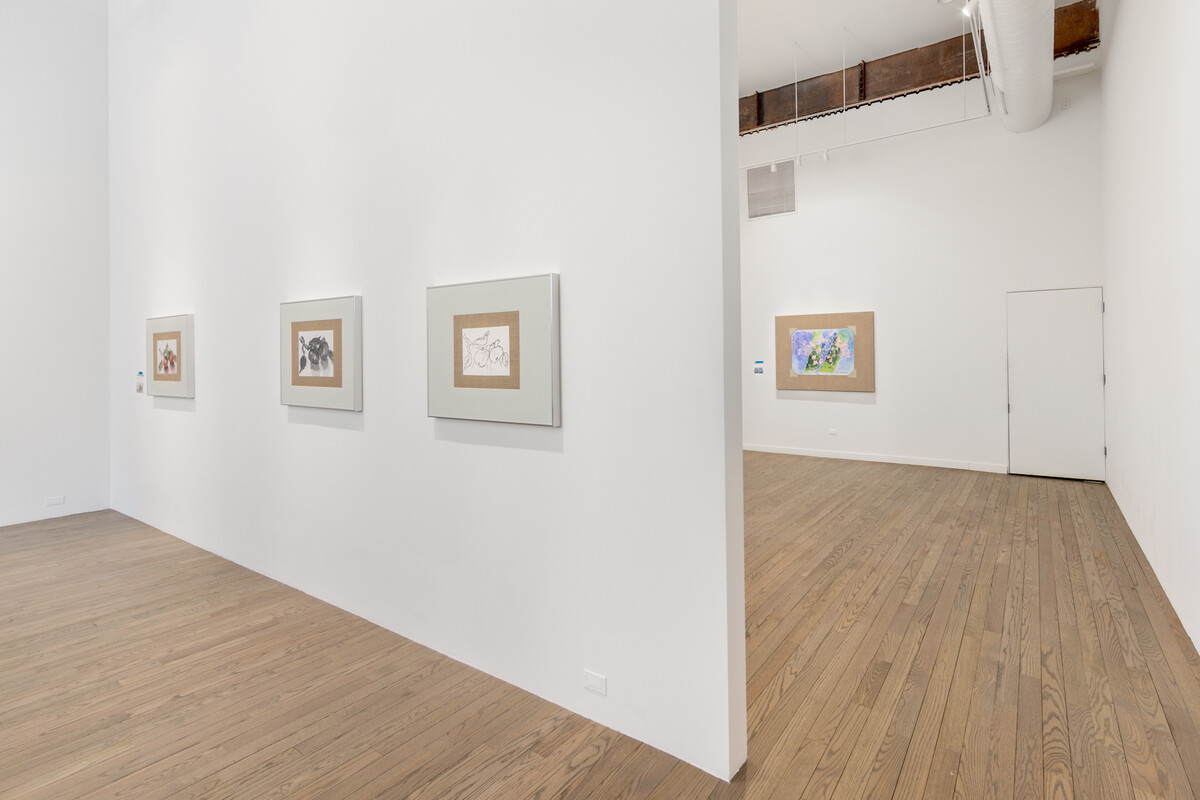
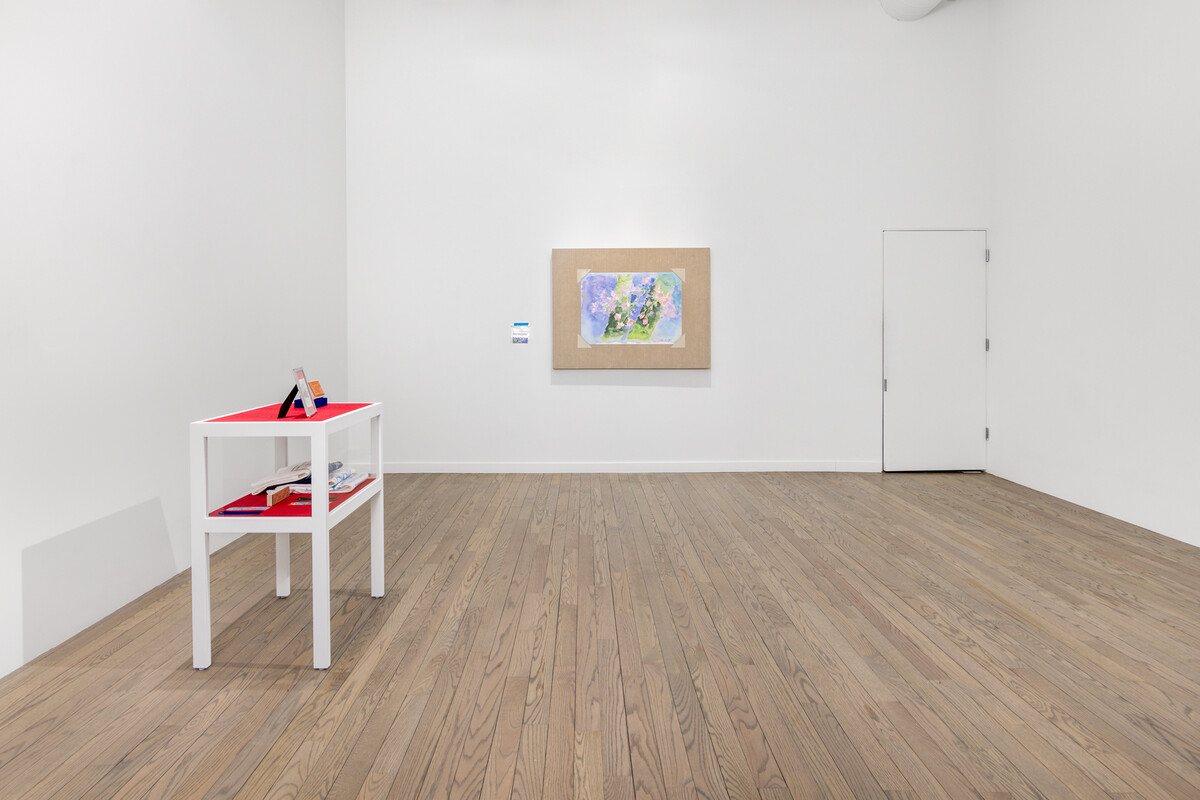
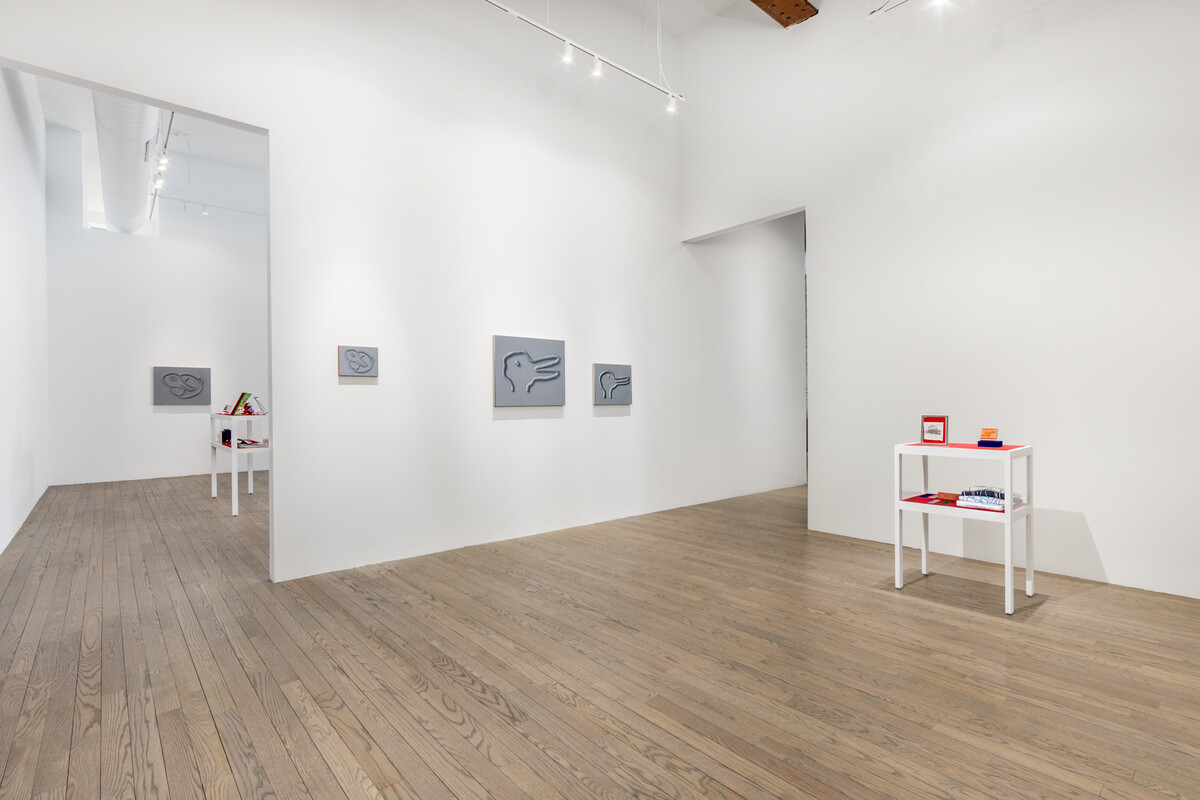
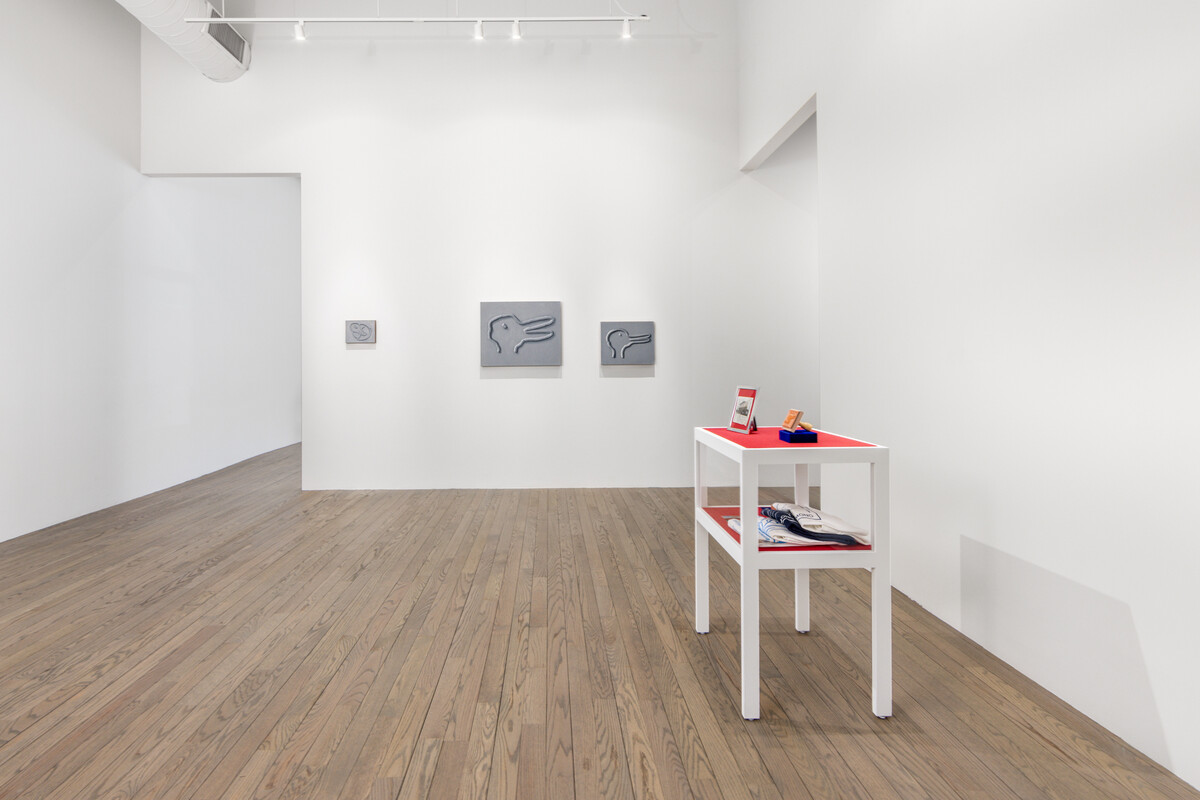
Review: Mika Horibuchi’s Showcase at Patron Gallery
Sixty Inches From Center
Jun 23, 2023
Jun 23, 2023
The Best Shows to See in Chicago Right Now
Frieze
Apr 13, 2023
Apr 13, 2023

